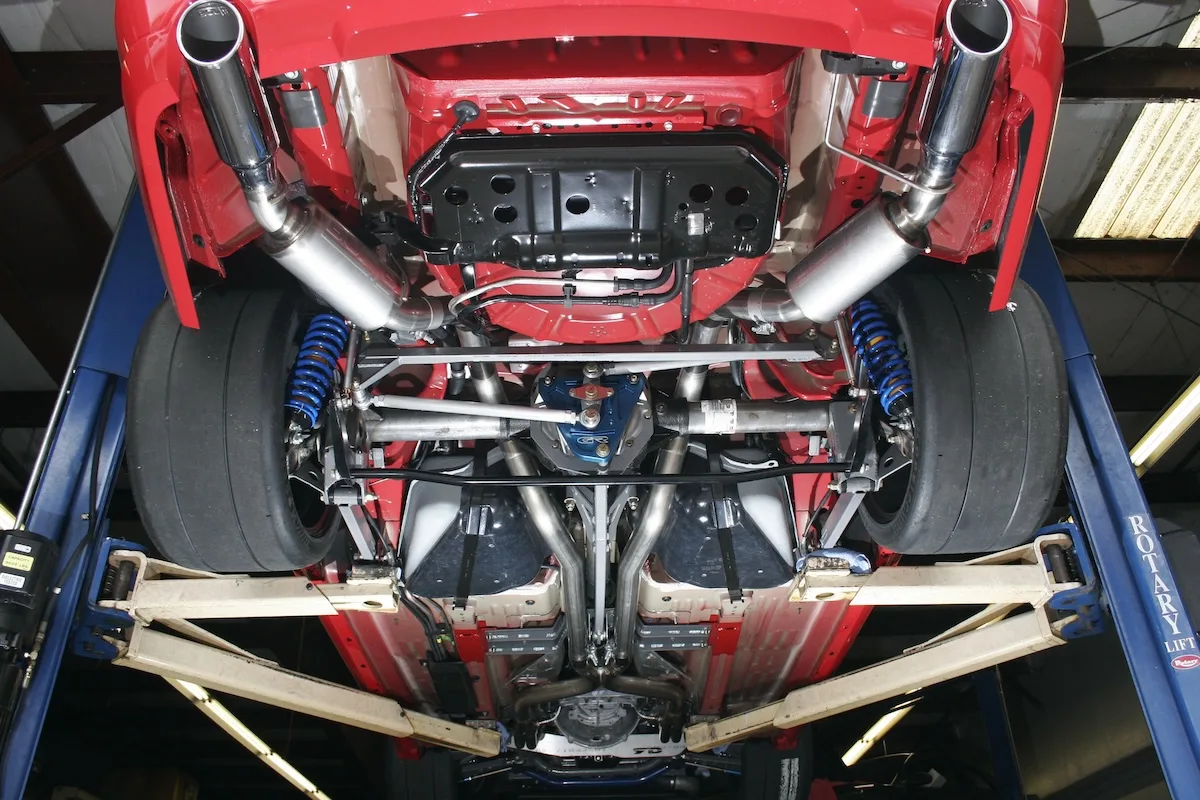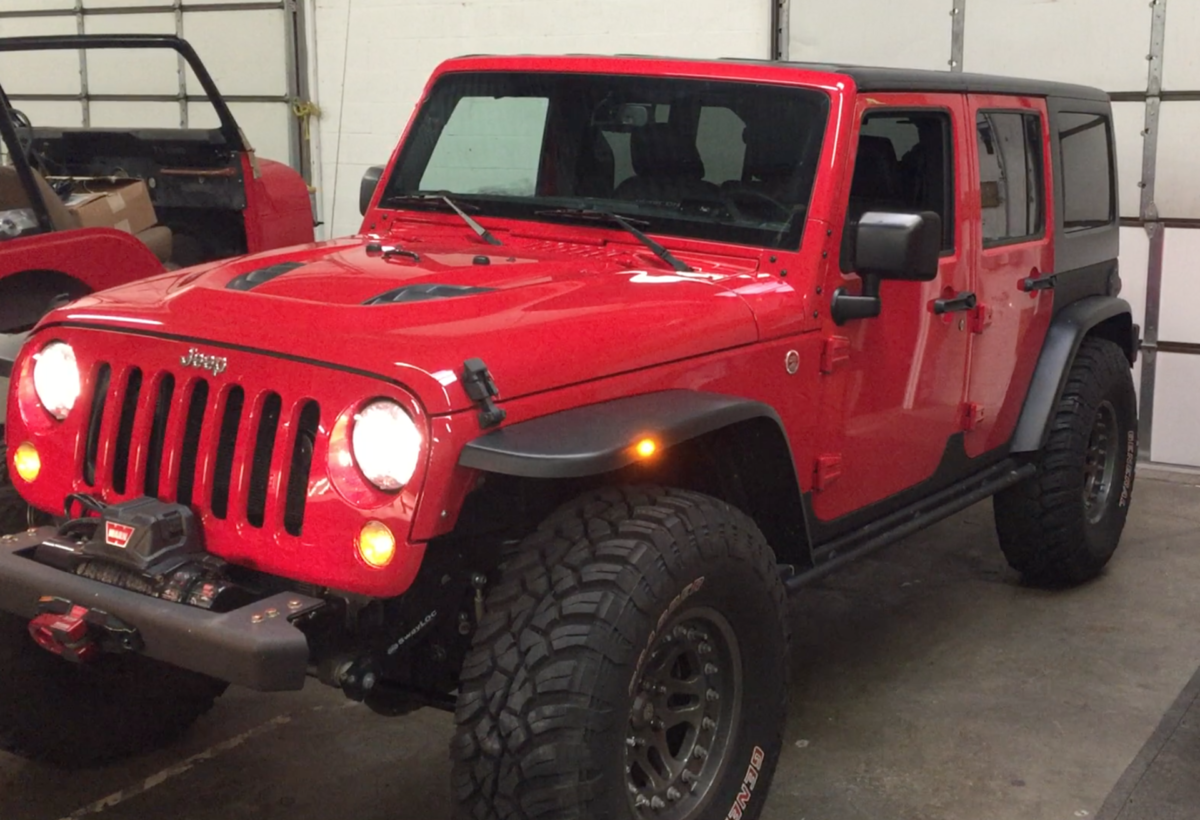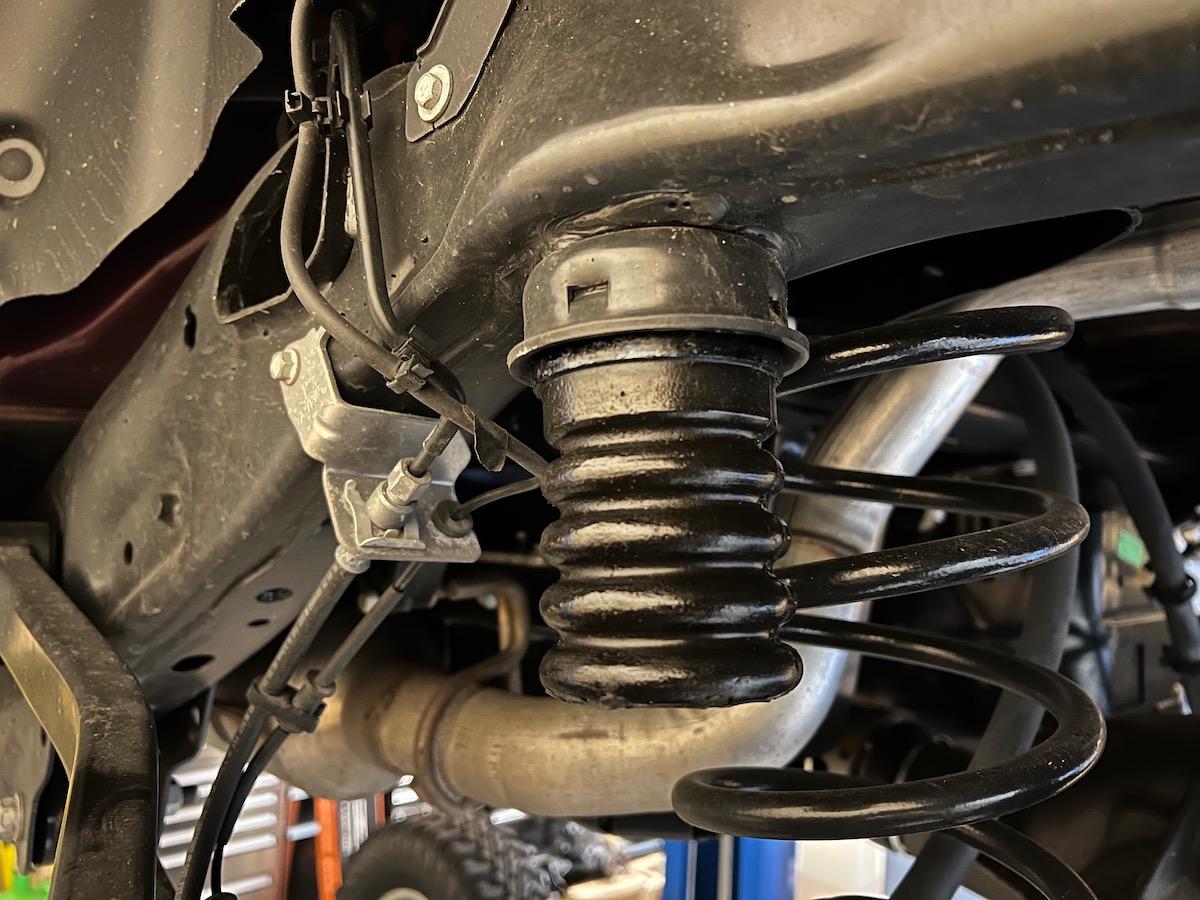Bypass shocks look cool, cost a ton of money, and give you excellent mall crawler cred. But are they worth the money and what do they actually do?
The concept of why use a bypass shock is simple. Take out the compromise of having to choose between a shock that works on the highway or one that works in the rough stuff. That trade-off with traditional shocks has always been that they were too stiff for off-road or too soft for proper on-road handling.
What does bypass mean?
It means that the oil inside the shock body “bypasses” the normal pathway. That pathway is normally restricted to control the rebound and compression stroke of the shock. The bypass allows the fluid to move faster with less resistance and soften the ride. Depending on where that fluid is routed back into the main valving it can also tune where the shock stiffens up to keep from bottoming out or applying correct dampening.
Here is a video from one of our Featured Partners ARB USA and Old Man Emu.
And another from FOX.
How do the shocks from ICON Vehicle Dynamics work?
The ICON CDC Valve is an externally adjustable valve that restricts oil flow into the reservoir creating 10 levels of compression damping force ranges. Controlling the amount of oil flow externally allows optimizing of ride quality for varying terrains.
With the addition of an ICON CDC Valve a different tune is required on the working piston to get the ride quality range of adjustment to softer than standard at the “S” setting and much firmer than standard at the “H” setting. The ICON CDC Valve piston is custom tuned per application with different valve stacks because not all shocks or applications are equal. Adding on the CDC Valve is not a one size fits all if you want optimum performance.
The CDCV external knob allows for 10 levels of adjustment. Each detent from S-H is a noticeable difference in ride. When engineering this feature into each shock application, the main shock piston is re-calibrated such that setting “4” is equivalent to the non-CDCV version. This allows for both a softer and firmer ride than the same application without this option. The ICON CDC Valve (CDCV) brings new thinking to the table with an upgrade option that offers true ride quality diversity. [Source: ICON Vehicle Dynamics]
This is in addition to the bypass technology available on their two tube designs giving a much broader adjustment for tweaking performance than a traditional shock. (We tested the CDCV shocks without the bypass tube.)
Does it work?
This is harder to quantify than a simple yes or no. When we installed the new IVD shocks we took off a very good set of traditional shocks that worked well both on and off-road. The IVD shocks are a big step up in compliance with road imperfections, bump compliance at speed and general handling. They are a big step up in price as well.
For our JK test mule, each shock cost $514. Compared to your traditional $50 Monroe shock that most lift kits use there is a major difference in price. Besides the CDCV you also get a remote reservoir, 2.5-inch machined aluminum housing with excellent fit and finish to go with 10 levels of adjustment.
We didn’t really answer the “Does it work better? question yet. Yes, they work better. We had 3 different settings that were used regularly. For towing it was 2 clicks up in the rear. This kept the rear from bouncing and tightened up the handling with a trailer. For crawling off-road it was 1 or 2 clicks softer to let the shock travel easily and smoothly. For on-road, the setting was at 4 typically. I prefer a softer ride so this was my prefered setting.
Why does any of this matter?
Versatility and safety. The more versatile your vehicle – the safer it becomes. Building an off-road vehicle can easily become such a compromise of goals that you regret some of those choices and eventually end up with another vehicle to drive day to day.
That next time you are thinking of skimping on part










